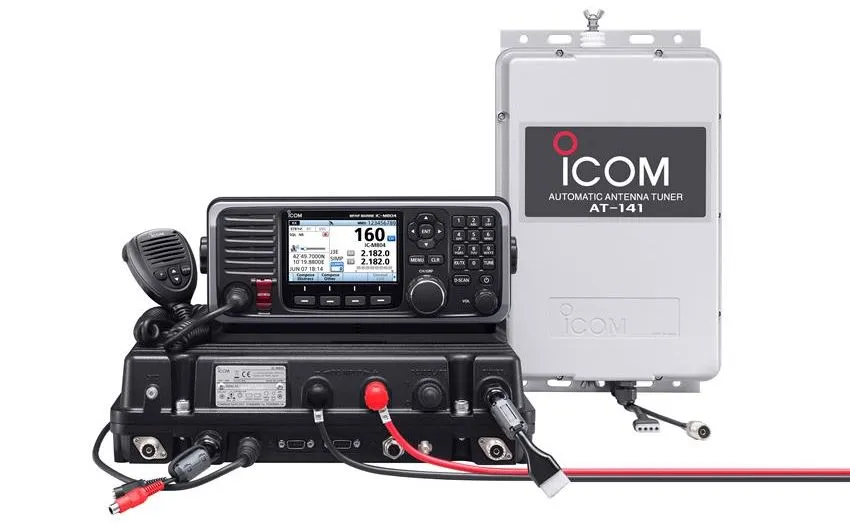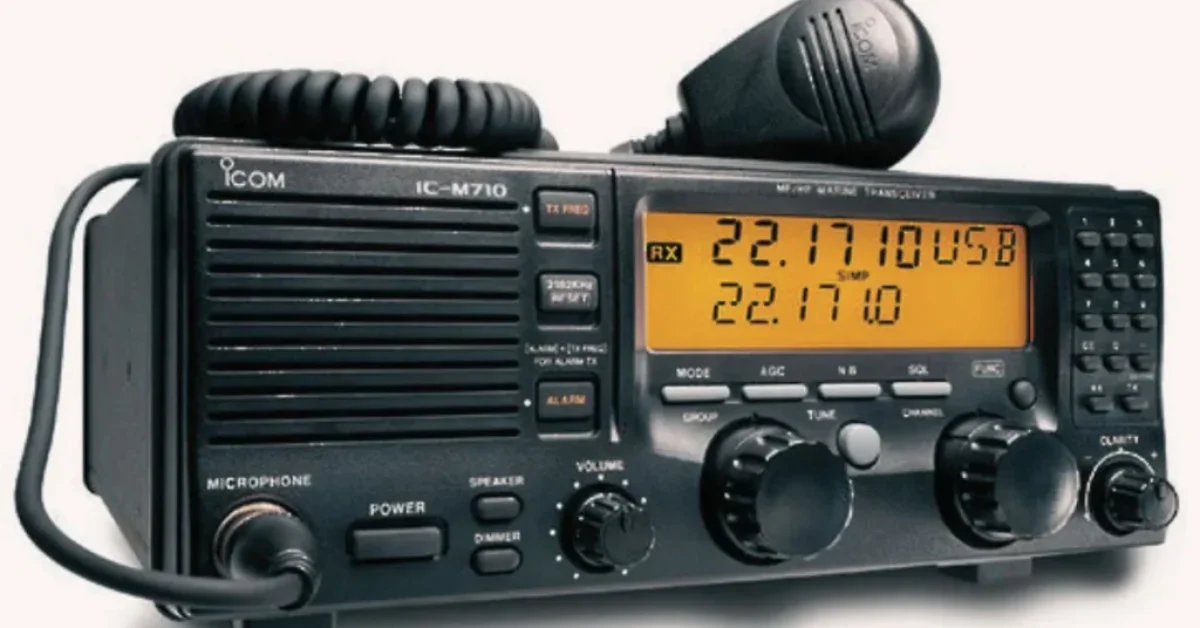What is SSB Radio, and Why Do Boaters Love It?
If you’ve ever wondered how sailors stay connected when they’re far out at sea, where cell phones stop working, the answer might be SSB radio. Short for Single Sideband Radio, this type of communication is like having a supercharged walkie-talkie that can reach across oceans. Whether you’re cruising the Caribbean or preparing for an emergency, SSB radio can be a lifesaver.
Let’s break it down so it’s easy to understand.
What Exactly is SSB Radio?
Imagine you’re on a boat, miles from land, with no Wi-Fi or phone signal. How do you call for help or check tomorrow’s weather? That’s where Single Sideband (SSB) radio steps in. Unlike regular AM radios that transmit on both sidebands of a radio signal, SSB focuses all its energy on just one—usually the upper sideband (USB) for maritime communication. This makes it super efficient and perfect for long-distance use.
It works by taking the carrier frequency and stripping away parts of the signal that aren’t needed, leaving only the essential information. This is why SSB radios can send your voice (or data) much farther than other types of communication tools.
Why Do Boaters Use SSB Radio?
When you’re out on the water, being able to talk to someone—even if they’re hundreds of miles away—can make a huge difference. Here’s why SSB is a go-to tool for sailors:
- Long-Distance Communication: Unlike VHF radios that are limited to about 20 miles, SSB can transmit signals across hundreds or even thousands of miles, depending on conditions.
- Weather Updates: With an SSB receiver, you can pick up weather forecasts or even download weather maps through services like weatherfax. Staying ahead of storms is critical when you’re far from shore.
- Emergency Use: If you’re in trouble, you can send a distress call to anyone listening. This has saved countless lives during unexpected situations at sea.
- Community Connections: Many boaters join “nets,” which are scheduled group chats for specific regions or interests. These are popular with amateur radio operators (or “hams”), but they’re also great for general communication between cruisers.

How Does SSB Compare to Other Marine Communication Tools?
You might be thinking, “Why not just use a satellite phone?” It’s a fair question. Satellite phones are great, but they’re expensive and need clear skies to work.
SSB radios, on the other hand:
- Don’t require monthly fees.
- Can operate using radio waves that bounce off the Earth’s atmosphere, making them reliable even in rough weather.
- Allow group communication, which satellite phones can’t.
Compared to VHF radios, SSB shines for long-distance communication. VHF is perfect for short-range use, like talking to a marina or another boat nearby. But when you’re hundreds of miles offshore, SSB becomes essential.
Understanding SSB Modes and Frequencies
SSB radios operate in different modes, primarily upper sideband (USB) and lower sideband (LSB). In marine applications, the USB mode is most commonly used. Knowing the correct SSB mode is important because using the wrong one could make your signal unreadable to others.
Marine SSB radios also use specific carrier frequencies, which are pre-set for different channels. These frequencies are regulated to prevent interference and ensure smooth communication between users.
What Do You Need for an SSB Setup?
Setting up an SSB radio system on your boat might seem intimidating, but it’s manageable with the right gear. Here’s what you’ll need:
- The Radio Itself: The main device for transmitting and receiving. Brands like Icom and Furuno are popular for their durability and ease of use.
- Antenna: This is crucial for sending and receiving radio waves. Most boats use a long wire antenna that’s stretched along the mast.
- Antenna Tuner: This adjusts the antenna to work efficiently with different frequencies, ensuring your radio signal is strong and clear.
- Power Supply: SSB radios draw power from your boat’s battery. It’s a good idea to have a reliable power source, especially during long trips.
Do You Need a License to Use SSB Radio?
Yes, in most cases, you’ll need a license to operate an SSB radio. In the U.S., the FCC requires boaters to have a Ship Station License for their SSB system. This is a one-time process that’s relatively simple. You may also need a Restricted Radiotelephone Operator Permit, which shows you understand the basics of using an SSB radio.
If you’re familiar with ham radio, you might already have some experience with the licensing process, as it’s similar for both amateur and marine operators.
Tips for Using SSB Radio
Using an SSB radio takes some practice, but once you get the hang of it, it’s a fantastic tool. Here are some quick tips:
- Know Your Channels: Different frequencies are designated for weather, emergencies, and general communication. Keep a list handy so you can tune in quickly.
- Practice at the Dock: Before heading out to sea, spend some time learning how to adjust the SSB receiver and transmit on the right frequencies.
- Join Nets: These group conversations can be a great source of information and camaraderie. Many nets are open to cruisers and amateur operators alike.
Why Every Serious Boater Should Consider SSB Radio
Whether you’re a weekend sailor or planning a major adventure, having an SSB radio on board can give you peace of mind. It’s not just about staying connected—it’s about having a reliable way to get help, stay informed, and connect with other boaters when you’re far from shore.
Investing in an SSB radio might seem like a big step, but the benefits far outweigh the costs. It’s a tool that can keep you safe, informed, and part of a global community of sailors. If you’re serious about boating, this is one piece of equipment you won’t want to leave behind.
Also Read This: What Is Voyage Management System?



